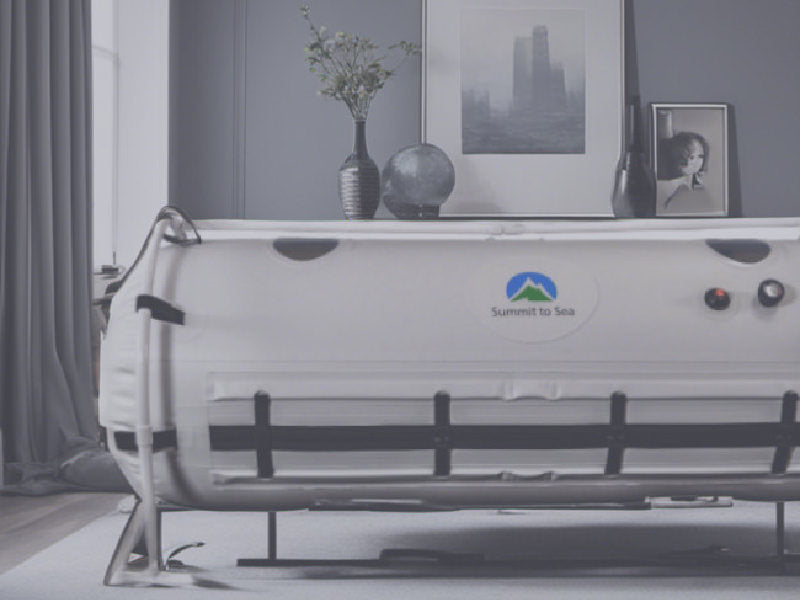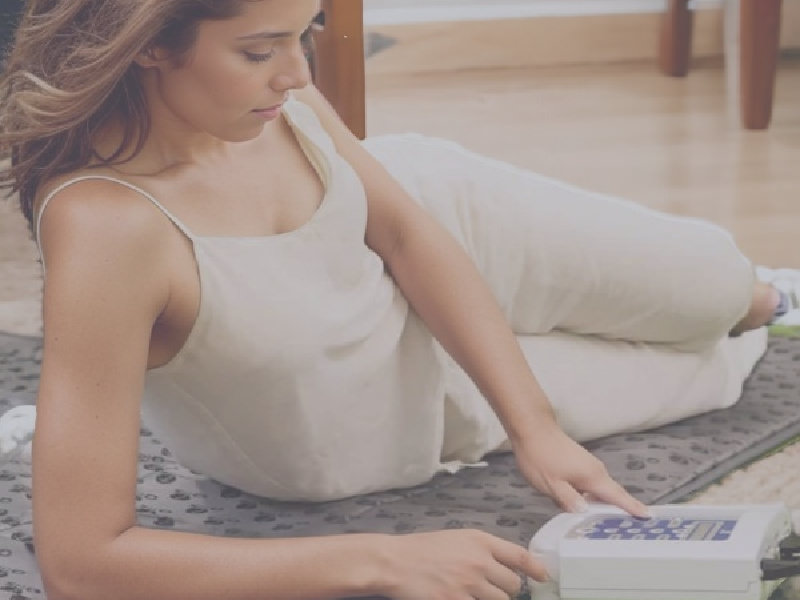Cold Plunge For Weight Loss
Does Cold Water Immersion Help with Weight Loss? The Truth Behind the Trend
Taking a cold plunge or ice bath is a popular method for recovery, but it also has bonus benefits for weight loss and body composition. Cold water therapy can promote weight loss by increasing metabolism and burning fat. This article will explore the science of cold therapy, shivering thermogenesis, brown fat production, the Soeberg Principle and how many calories you actually burn.

The Science of Cold Therapy
Scientists have a strong understanding of how exposure to cold affects the human body, particularly regarding metabolism and weight loss. When exposed to cold environments, the body relies on an increased thermogenic rate to offset the change in temperature or environment, part of our constant fight to maintain a stable core body temperature.
In order to combat the cold, the body has two mechanisms that help it to maintain or return to the normal body temperature: shivering thermogenesis and non-shivering thermogenesis. Shivering thermogenesis is the tiny (or large) muscle contractions that create kinetic energy, which is converted into heat. This process is beneficial and important, coined the Soeberg Principle, after metabolic scientist Susanna Soerberg.
Non-shivering thermogenesis is the more efficient way to produce heat and is where brown fat cells plays a significant role. Brown fat, or brown adipose tissue (BAT), is activated by norepinephrine and has had a lot of exposure recently as it plays a large role in fat loss and body composition.
SHIVERING THERMOGENESIS
Almost everyone has experienced the shivering response as a result of being exposed to cold weather or cold water. Shivering is the body's way of creating heat to offset the cold. This process of allowing the body to naturally return to its normal temperature without adding any source of warmth like sauna or hot showers, is actually a very beneficial and important mechanism, coined the Soeberg Principle, after the metabolic Scientist Susanna Soerberg.
BROWN FAT PRODUCTION
When exposed to cold water therapy, the body experiences a shock increase of norepinephrine, a chemical neurotransmitter that signals for an increase in mitochondrial biogenesis. This process leads to a 250% increase in mitochondria in the body. Mitochondria are the energy producers in the body and position themselves in fat and muscle tissue. The more mitochondria in fat cells, the browner they appear, and the body becomes more efficient in burning fat for energy. Cold immersion significantly increases the number of mitochondria in fat cells, leading to more efficient fat burning and a leaner body.
A study in which healthy young men were exposed to cold for two hours a day for 20 days found that brown fat volume increased 45 percent and cold-induced total brown fat oxidative metabolism increased more than twofold.
Among participants involved in another study, 2 hours daily of cold temperature exposure at 17 degrees Celsius for 6 weeks produced cold thermogenesis increases of 58 percent and fat mass loss of 1.5 pounds (0.7kg). Exposure to cold temperatures like the previously mentioned study or through cold water exposure through ice baths, cold plunge, and to a lesser degree, cryotherapy, can help boost brown fat production and boost metabolic health.
By taking a regular ice bath or cold plunge in icy body of water, you encourage the activation of brown fat each time, although the effects of ‘cold shock’ have been shown to diminish over repeated exposure. This activation of brown fat upon cold exposure may also have positive implications for those with insulin resistance and diet-induced obesity.
THE SOEBERG PRINCIPLE
To gain the maximal benefits of cold water therapy, you should force your body to reheat on its own and return to the natural resting temperature without the very tempting help of warm water or warm clothing. This cold plunge ‘hot tip’ of finishing with cold, when talking about contrast therapy where you cycle through periods of deliberate cold exposure and deliberate heat exposure, is a way to dramatically enhance the amazing metabolic effects of cold therapy.

How Many Calories Can You Burn in an Ice Bath?
When your body is exposed to cold temperatures, it shivers to produce heat, which requires energy and burns calories. Studies have shown that cold exposure can increase metabolism, resulting in burning up to 62 calories in just 15 minutes and up to 400 calories in an hour. However, spending an hour in an ice bath is not practical or recommended.
The short-term calorie burning effect of an ice bath is not the primary goal. The thermogenic process initiated by cold exposure improves the body's ability to burn fat in the long term. Exposure to cold temperatures increases the concentration of mitochondria in white fat, which makes it easier for the body to use fat as fuel. As a result, the body becomes leaner and more energetic.
It is important to note that the primary goal of an ice bath is not to burn calories but to improve the body's ability to burn fat. Cold exposure can help initiate the thermogenic process and improve the body's ability to burn fat, leading to long-term benefits.
HOW OFTEN SHOULD YOU TAKE ICE BATHS FOR WEIGHT LOSS?
To increase mitochondria and metabolic capacity for burning fat, it is not necessary to take ice baths every day. Starting at a lower rate is recommended. A cold water immersion guide can help beginners. According to the guide, exposure to cold temperature (40°F / 5°C) for 30-60 seconds, three days a week for four weeks, can be effective for weight loss.

Conclusion on Cold Plunge For Weight Loss
Exposure to cold water therapy has been proven to convert white fat cells to brown fat cells, burning fat and increasing metabolism 350% to increase core body temperature. Multiple studies link regular cold exposure via ice baths, cold plunge, or cryotherapy to improved metabolic health and even applications for weight loss. It is reasonable to conclude that ice baths can be used for weight loss and improving metabolic health. As always, it is extremely important to use ice baths with caution and take exposure to extreme cold water with an element of safety.





